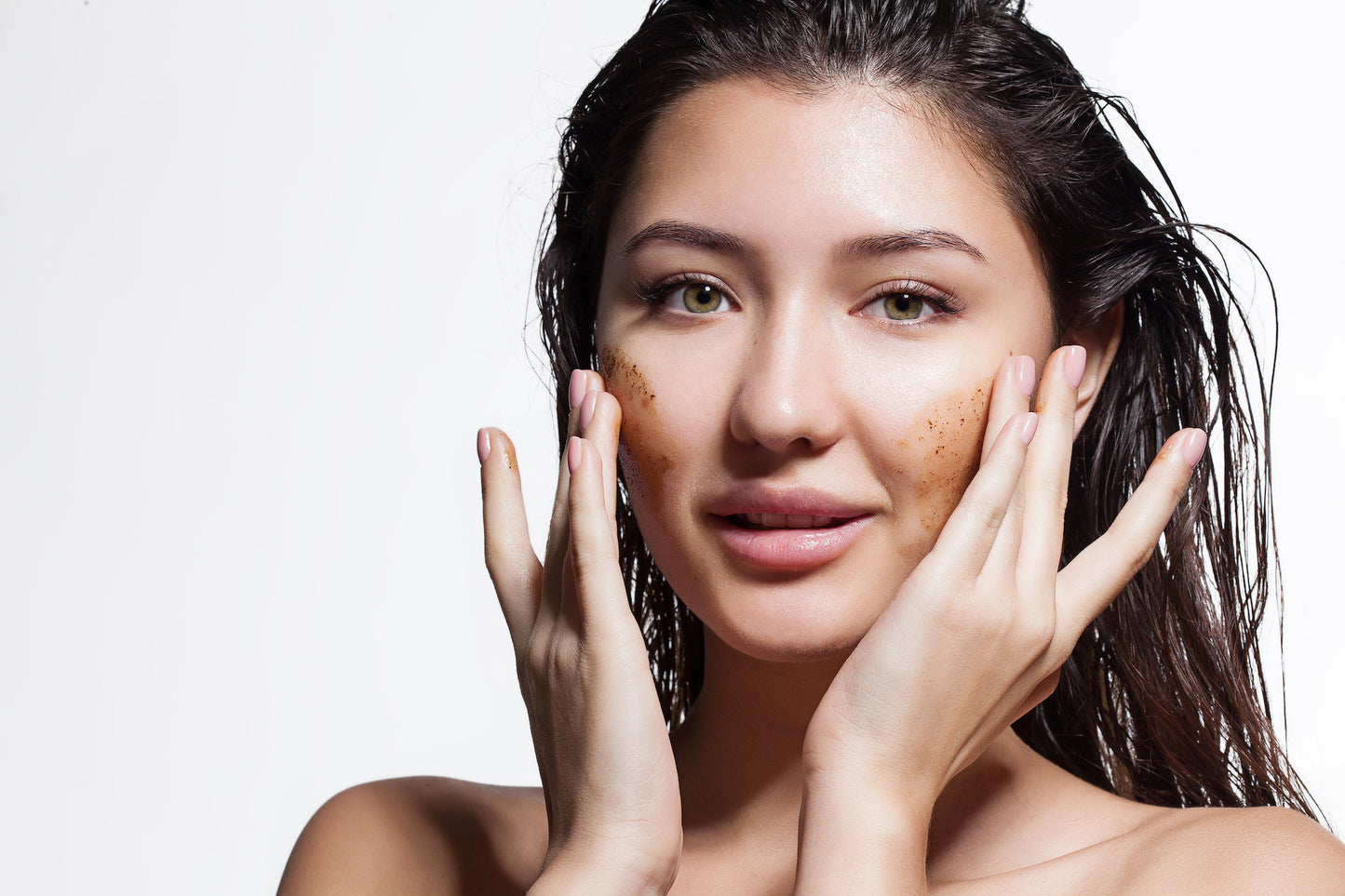


You may be aware of the microbead ban. Any and every product containing microplastics, also known as microbeads, have been outlawed in the United States. Unfortunately, many exfoliating gels and soaps contain them, and will no longer be allowed. Fortunately, the health hazards are eliminated, and you don’t need to worry because there is a better and safer alternative to microbeads - jojoba beads.
Let's examine the differences between jojoba beads and microbeads. Jojoba beads are made from jojoba ester, which is essentially a solid wax derived from jojoba oil. Jojoba oil is extracted from the jojoba shrub.

Jojoba beads are completely natural, renewable and harmless. They are processed in a completely natural way, are spherical in form, melt at roughly 140 degrees, and are biodegradable. These are just a few of the reasons that they're leaps and bounds better than microbeads. If you're worried about giving up your favorite exfoliators - don't be! There are plenty of natural options that use jojoba beads to exfoliate rather than harmful microbeads.

Microplastics or microbeads are basically tiny plastic balls that are used in soaps, toothpaste, cosmetic products, and even makeup. Before microbeads became prevalent, companies would use salt crystals and groundnut shells in the products. Those were safe and biodegradable, unlike microbes which are unsafe for topical use. They are also a major threat to the environment.
Microbeads are made of polypropylene, polyethylene, polyethylene terephthalate, nylon and polymethyl methacrylate. Microbeads from various personal care and cosmetic products flow down the sewers after getting washed down a drain, and they adulterate canals and rivers, eventually polluting oceans as well.

While there were reasons why microbeads were used by various companies, including some of the most credible brands in the world, scientific findings have proved them to be unsafe and unusable. Following the microbead ban in the United States, many countries are contemplating enacting similar laws.
Just to give you an idea of how unsafe the microbeads are for us and the environment, one Professor Richard Thompson at the University of Plymouth listed the various ill effects of microplastic pollution. He spoke about plastic soup forming in seas and oceans. Fendall and Sewell at the University of Auckland came up with another set of findings in 2009 that were published, which detailed how microbeads don’t just affect the marine ecology, but also invade the food chain.
Microbeads are considered a global threat to our environment. Every standalone use of cosmetic products releases as many as 5000 to 95,000 microbeads. Microbeads harm humans, marine life, and the environment.
